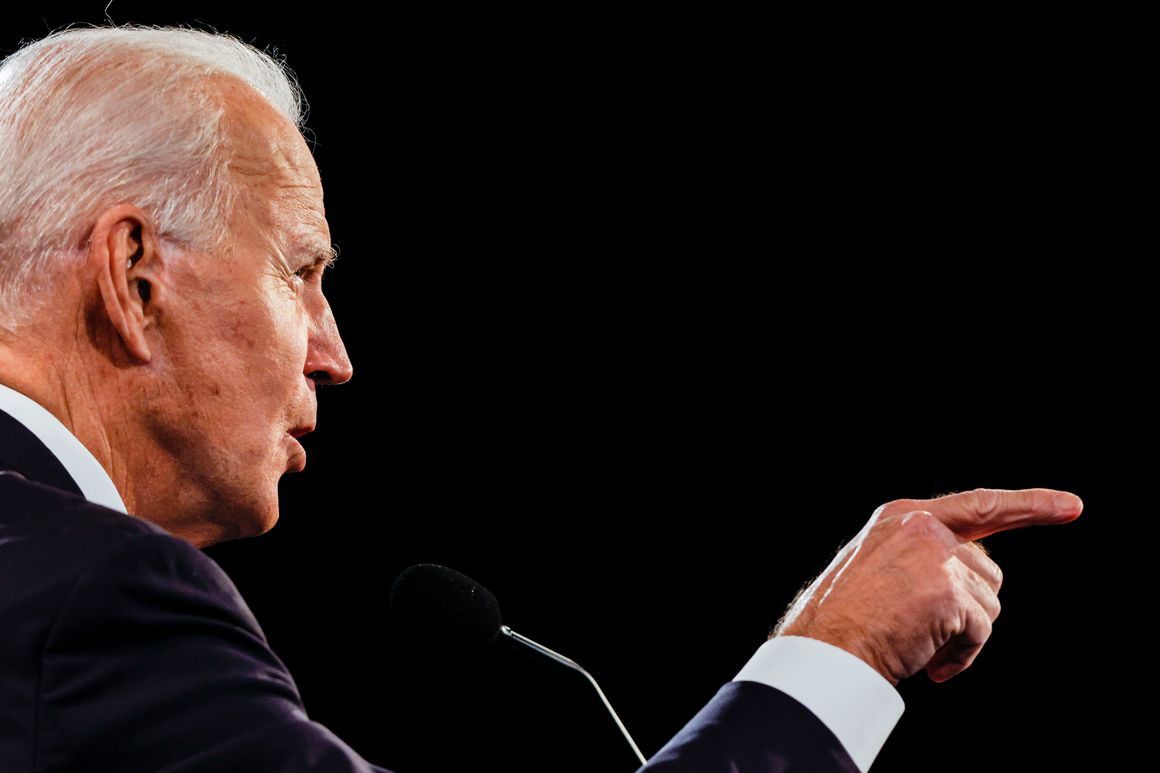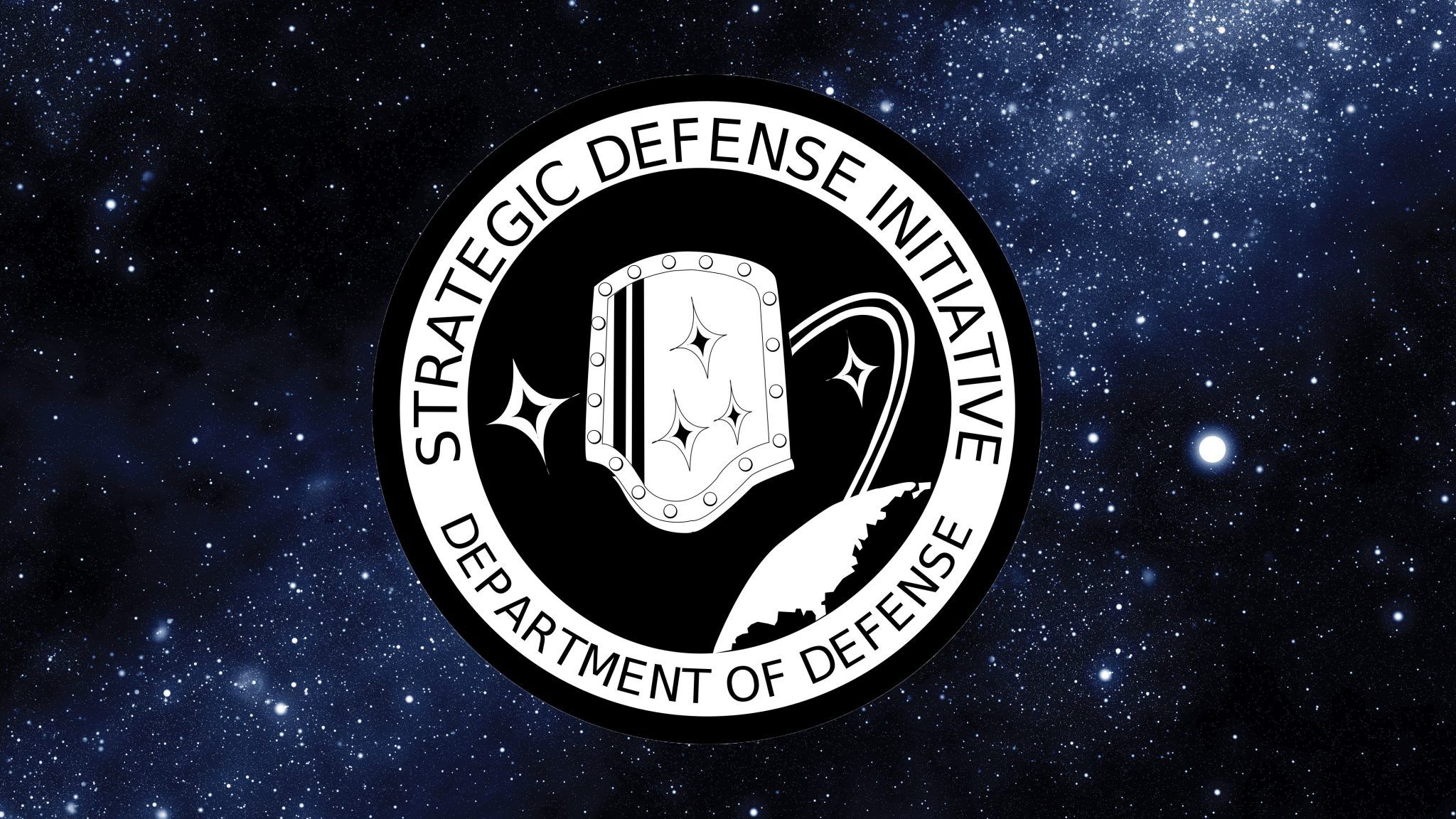Russia’s Outer Space Agreement With U.S.A.
April 3, 2021 (presstv.com)
• In a move to avoid a new era of arms race in the outer space, Russian Prime Minister Mikhail Mishustin approved the extension of the ‘Exploration and Use of Outer Space for Peaceful Purposes’ agreement with the United States. A Russian press service said: “The extension of the agreement meets both countries’ interests and will facilitate the effective implementation of joint space projects.”
• The treaty was originally signed by Russian President Boris Yeltsin and US President George H.W. Bush on June 17, 1992. The agreement as extended will be in place until the end of 2030.
• Under the agreement, world powers are not allowed to place nuclear weapons or other weapons of mass destruction in outer space orbit and must avoid harmful contamination of space. Outer space is not subject to national appropriation by claim of sovereignty, by means of use or occupation, or by any other means, according to the document.
• US President Donald Trump directed the Pentagon to establish the Space Force, calling for American “dominance in space.” Space Force also became a full member of the US intelligence community. Following suit, both Russia and China are developing similar military capabilities as they seek to field the technology and erode America’s military dominance. Moscow and Beijing have proposed a treaty that prohibits the deployment of ground-based and space-based weapons targeting satellites in the space and are pushing Washington to sign it.

Prime Minister Mikhail Mishustin approved the extension of the Exploration and Use

of Outer Space for Peaceful Purposes, the cabinet’s press service said in a statement on Saturday.
“The agreement …on cooperation in the exploration and use of outer space for peaceful purposes will be in place until December 31, 2030,” it said.
“The extension of the agreement meets both countries’ interests and will facilitate the effective implementation of joint space projects.”

The treaty was originally signed by then Russian President Boris Yeltsin and US President George W. Bush on June 17, 1992, in Washington.
Under the agreement, world powers are not allowed to place nuclear weapons or other weapons of mass destruction in orbit or in the outer space and must

avoid harmful contamination of space.
The outer space is not subject to national appropriation by claim of sovereignty, by means of use or occupation, or by any other means, according to the document.
The administration of former US President Donald Trump directed the Pentagon to establish the Space Force – the first new US military branch in 72 years – calling for his country’s “dominance in space.”
The Treaty, the Prevention of the Placement of Weapons in Outer Space and of the Threat or Use of Force Against Outer Space Objects (PPWT), bans deployment of “any weapons in outer space.”
The PPWT signatories may not “resort to the threat or use of force against outer space objects” or engage in activities “inconsistent” with the purpose of the treaty.
FAIR USE NOTICE: This page contains copyrighted material the use of which has not been specifically authorized by the copyright owner. ExoNews.org distributes this material for the purpose of news reporting, educational research, comment and criticism, constituting Fair Use under 17 U.S.C § 107. Please contact the Editor at ExoNews with any copyright issue.



 Donald Trump set bold goals for space exploration during his time in office – from crewed missions to the Moon and Mars to a Space Force. By contrast, his successor Joe Biden has been relatively quiet on space policy. So how is space exploration likely to change going forward?
Donald Trump set bold goals for space exploration during his time in office – from crewed missions to the Moon and Mars to a Space Force. By contrast, his successor Joe Biden has been relatively quiet on space policy. So how is space exploration likely to change going forward?
 During the Trump administration, NASA also committed to the return of astronauts to the Moon in 2024 under the Artemis program. This is due for its first test launch (uncrewed) next year with Artemis-1. This builds on the Constellation program which was implemented by Republican president George W Bush in 2005 but was subsequently cancelled by Democratic president Barack Obama due to its high cost and difficulty.
During the Trump administration, NASA also committed to the return of astronauts to the Moon in 2024 under the Artemis program. This is due for its first test launch (uncrewed) next year with Artemis-1. This builds on the Constellation program which was implemented by Republican president George W Bush in 2005 but was subsequently cancelled by Democratic president Barack Obama due to its high cost and difficulty.





